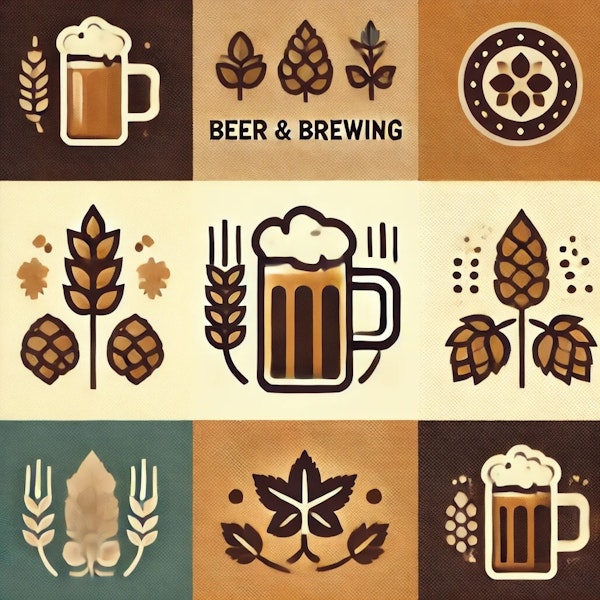
Don’t fear the smoke: This recipe leans heavily into cherrywood-smoked malt for a surprisingly smooth and balanced character with the power to convert the skeptics.
It’s one of the beer world’s great flavor combinations: malt in harmony with the primal appeal of smoke, coolly and cleanly fermented. Best of all, brewing a great smoked lager isn’t all that difficult—as long as you know your malt.
No need for spices when hops and yeast can do the trick, and an attenuation-monster yeast strain helps to complete the profile for this big but dry saison.
Let the pedants complain, but cold IPA is both fun to drink and fully coherent as a style. Josh Weikert walks us through the elements and methods behind the lean, bright IPA that’s “wester than West Coast.”
This is an outstanding all-purpose beer that pairs well with a variety of foods, is low in alcohol, and can be turned around relatively quickly. If you have a few taps in your home, you might consider dedicating one to the dry stout—it won’t let you down. Sláinte!
This throwback recipe has a tad more malt backbone and sweetness than today’s leaner West Coast–style IPAs. (It tastes like America.)
This riff on an altbier recipe includes three different types of rye malt, making it a great way to get to know the ingredient and what it can contribute to a beer.
Why ask rye? Is it actually all that tricky to use? And what does rye really taste like, anyway? Let’s simplify this complex, evocative, old-fashioned ingredient—and make some great beer with it.
From Josh Weikert’s Make Your Best series: The dose of sugar and mash regime should help get this dry, while the Crystal hops and light esters add pleasant character to a clean background. The result is a beer that drinks well by the liter.
Opening your fermentations to a wider array of yeasts and bacteria can add great complexity to your beers. It can also add complexity to your brewing process—but the challenge is both surmountable and rewarding.